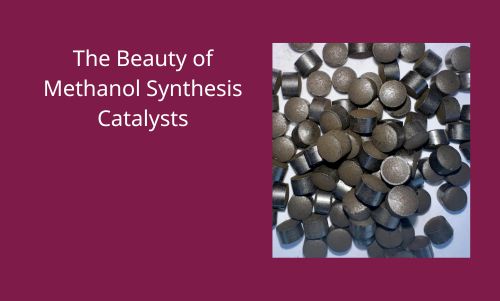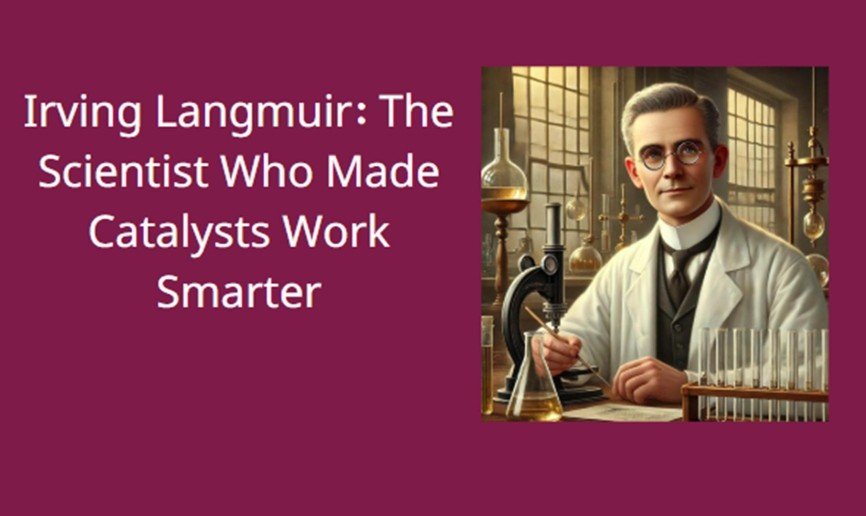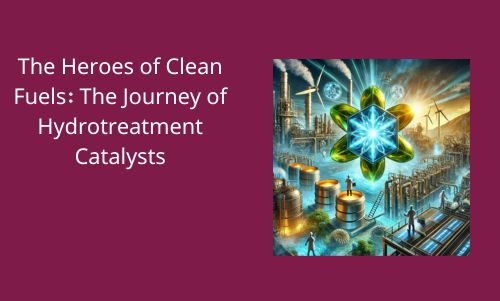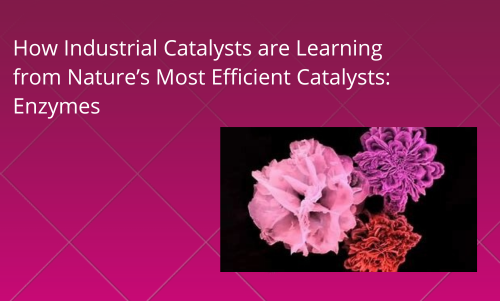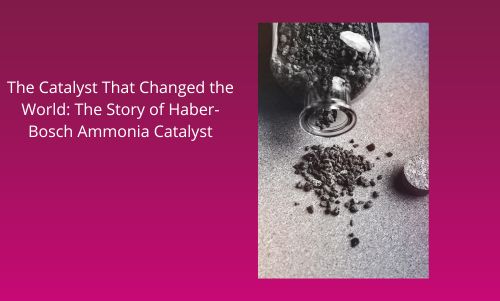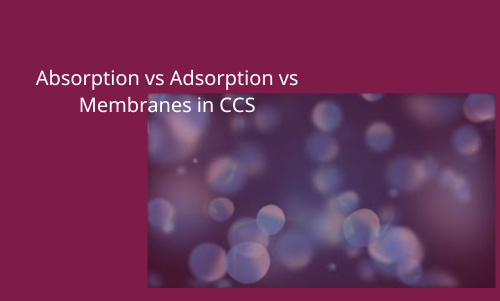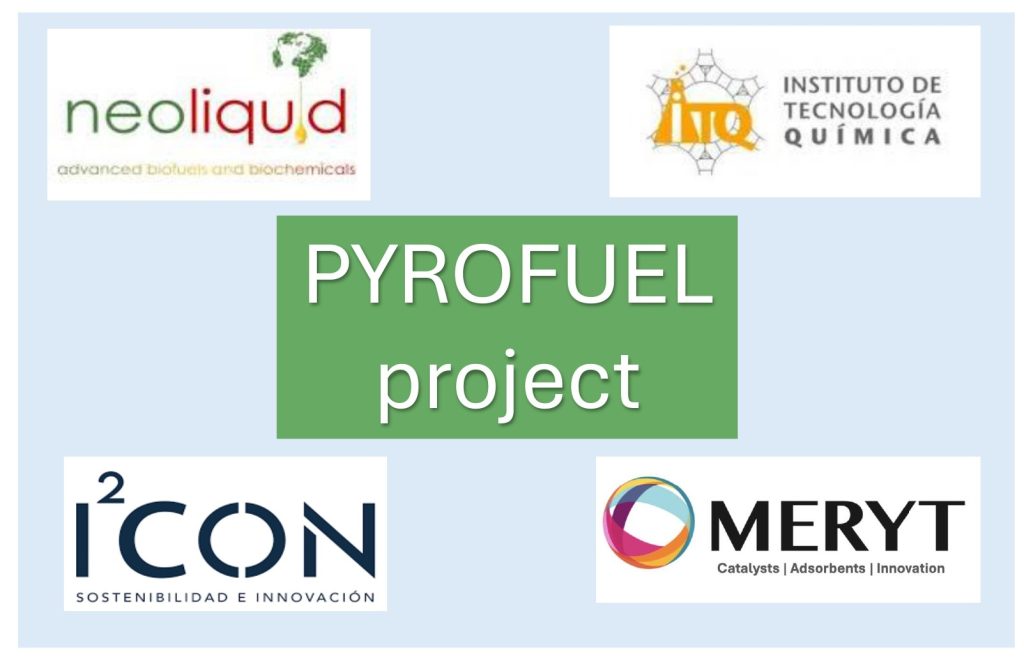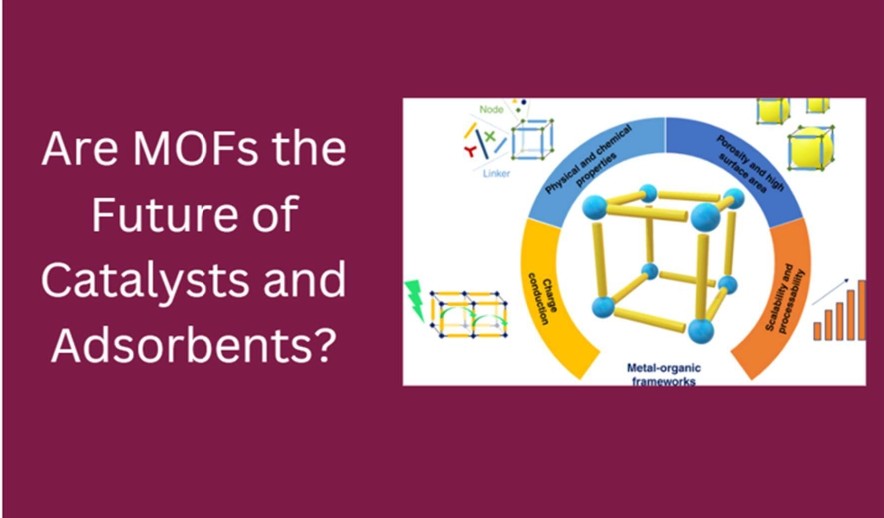Methanol production, a vital industrial process, owes its efficiency and viability to the remarkable performance of methanol synthesis catalysts. These specialized catalysts operate under challenging conditions to transform synthesis gas (syngas)—a mixture of CO, CO2, and H2—into methanol, a cornerstone chemical with annual production exceeding 110 million metric tons. Methanol’s versatility has also positioned it at the center of efforts to decarbonize the chemical industry through the production of green methanol—a sustainable alternative derived from renewable syngas or captured CO2 combined with green hydrogen.
The Science Behind Methanol Catalysts
Methanol synthesis catalysts, typically based on copper (Cu), zinc oxide (ZnO), and alumina (Al₂O₃), are engineered to operate at high temperatures (190–300°C) and under pressure (3.0–10.0 MPa) in industrial reactors. Copper serves as the active site for the hydrogenation of carbon oxides, while ZnO disperses the copper and stabilizes its structure. Alumina provides the mechanical strength needed to withstand the rigors of continuous operation.
The two primary reactions catalyzed are:
CO + 2H2 ↔ CH3OH + Q
CO2 + 3H2 ↔ CH3OH + H2O + Q
Both reactions are highly exothermic, requiring precise temperature control to prevent hotspots that can lead to catalyst sintering or deactivation. The balance of activity, selectivity, and stability is critical, as methanol must be produced at high yield without significant byproduct formation. Common byproducts include methane, higher alcohols, and dimethyl ether (DME), which result from competing reaction pathways or suboptimal operating conditions. Managing these byproducts requires precise control of reaction parameters and catalyst composition to favor methanol synthesis over undesired side reactions.
Poisoning and Deactivation
Despite their robustness, methanol catalysts are sensitive to certain contaminants, which can significantly reduce their performance:
Sulfur Compounds: Even trace amounts of sulfur can irreversibly poison copper sites, rendering the catalyst inactive.
Chlorides and Halides: These compounds disrupt the catalyst’s surface chemistry and degrade its structural integrity.
Oxygenates: Excess water or oxygen can oxidize the active copper phase, reducing its effectiveness.
Heavy Metals: Contaminants like arsenic or lead, often present in impure syngas, can accumulate on the catalyst and block active sites.
To mitigate these issues, industrial plants implement rigorous feedstock purification processes. Innovations in catalyst design have also introduced formulations with enhanced resistance to poisons, such as doping the support with materials that trap harmful contaminants before they reach the active copper phase.
Recent Developments in Methanol Catalysts
Advances in catalyst technology continue to push the boundaries of efficiency and sustainability in methanol production:
CO2 Utilization:
With the increasing emphasis on carbon capture and utilization (CCU), catalysts are being optimized for CO2-rich syngas. Modifications in copper dispersion enhance the active surface area, improving CO2 activation and conversion efficiency. Promoters such as alkali metals or rare earth oxides increase the catalyst’s basicity and stabilize crucial intermediates like formate and methoxy species during hydrogenation. Additionally, advanced supports like ceria-zirconia improve copper stability and resist deactivation by water, ensuring sustained performance under industrial conditions.
These innovations are critical for integrating CO2 as a valuable feedstock in methanol production, paving the way for green methanol—methanol produced using captured CO2 and green hydrogen generated from renewable energy.
High-Temperature Catalysts:
New formulations with stabilizers such as cerium or zirconium oxides are enabling catalysts to operate beyond 300°C. These are particularly valuable in processes involving CO2-rich or tar-laden syngas, where higher temperatures prevent fouling and enhance throughput.
Structured Catalysts:
Advanced designs, such as honeycomb supports or 3D-printed structures, are improving heat transfer and reducing pressure drop in reactors. These innovations enhance thermal management and reduce energy consumption.
Poison-Resistant Catalysts:
Incorporating sacrificial layers or scavenging materials into the catalyst structure helps trap impurities, extending the operational life of the catalyst and reducing downtime.
Dynamic and Adaptive Catalysts:
Emerging materials can adapt to fluctuating syngas compositions, particularly from renewable sources like biomass or waste-to-energy plants. These catalysts are designed to maintain high performance even under variable feedstock conditions.
In conclusion, methanol synthesis catalysts are at the heart of an essential industrial process, operating under demanding conditions to produce a chemical critical to modern economies. Despite challenges like poisoning and thermal degradation, continuous innovation has led to catalysts that are more robust, efficient, and sustainable. As global industries strive for greener production methods, the evolution of methanol catalysts ensures that this process remains not only economically viable but also environmentally aligned with future goals.

